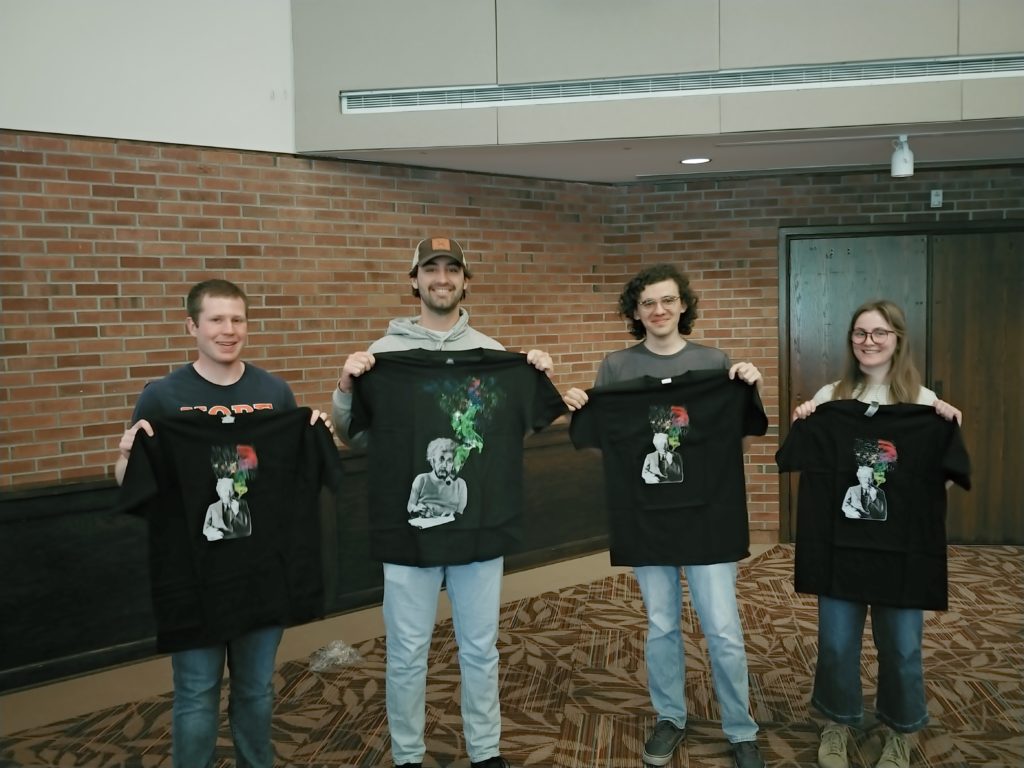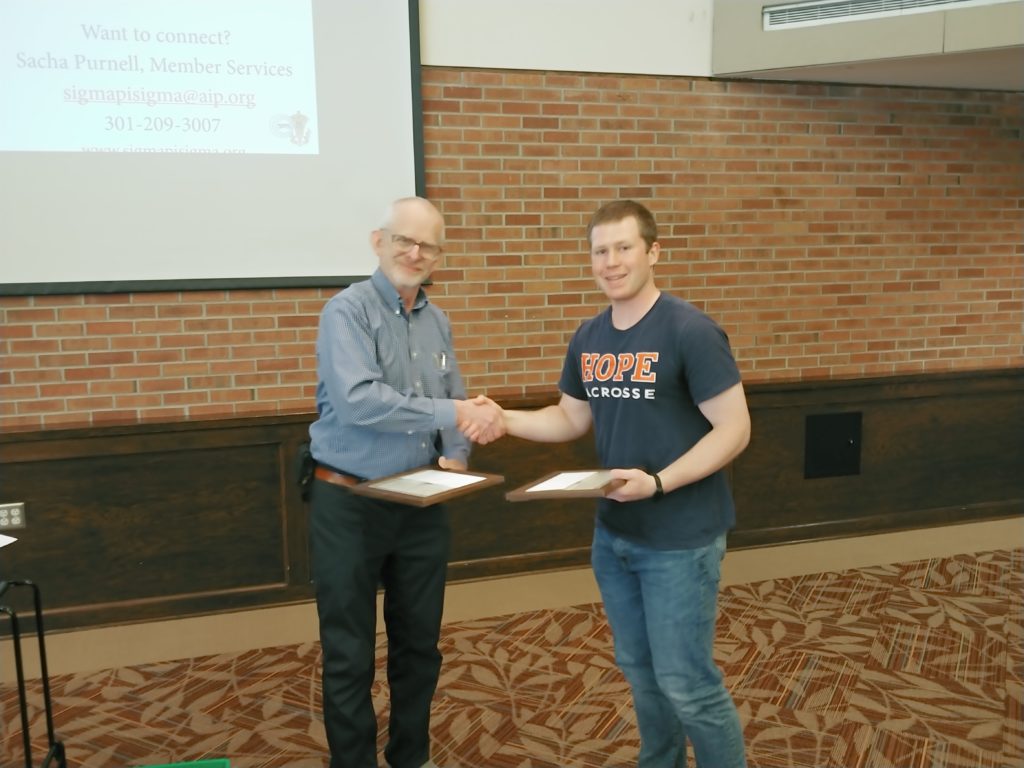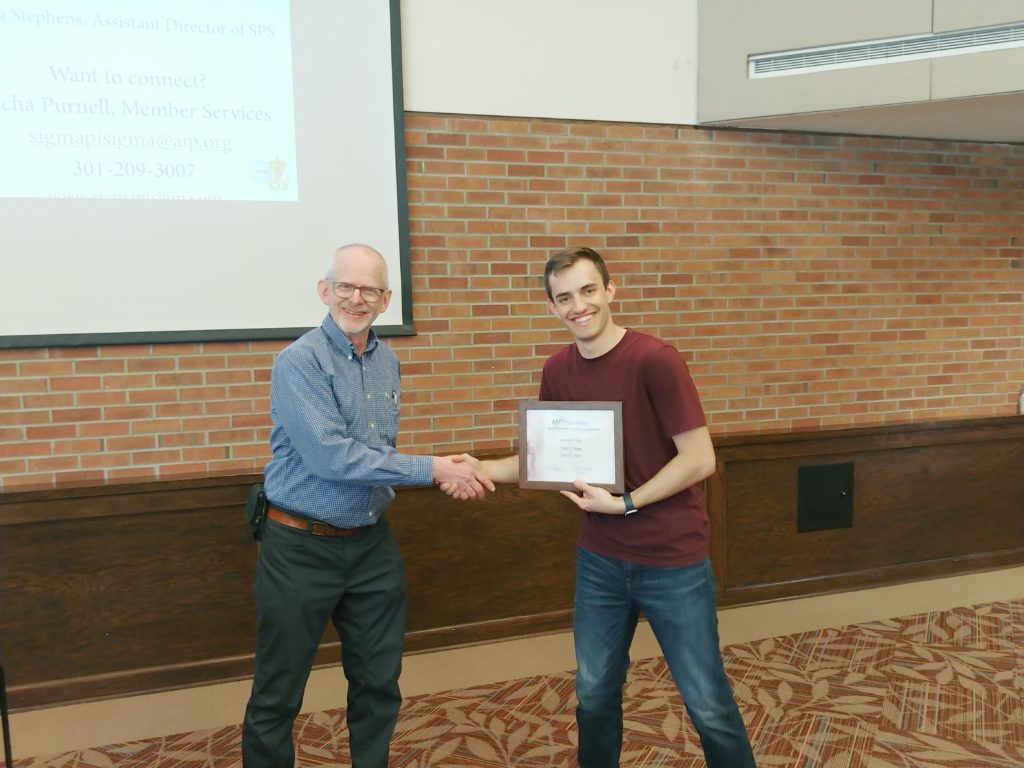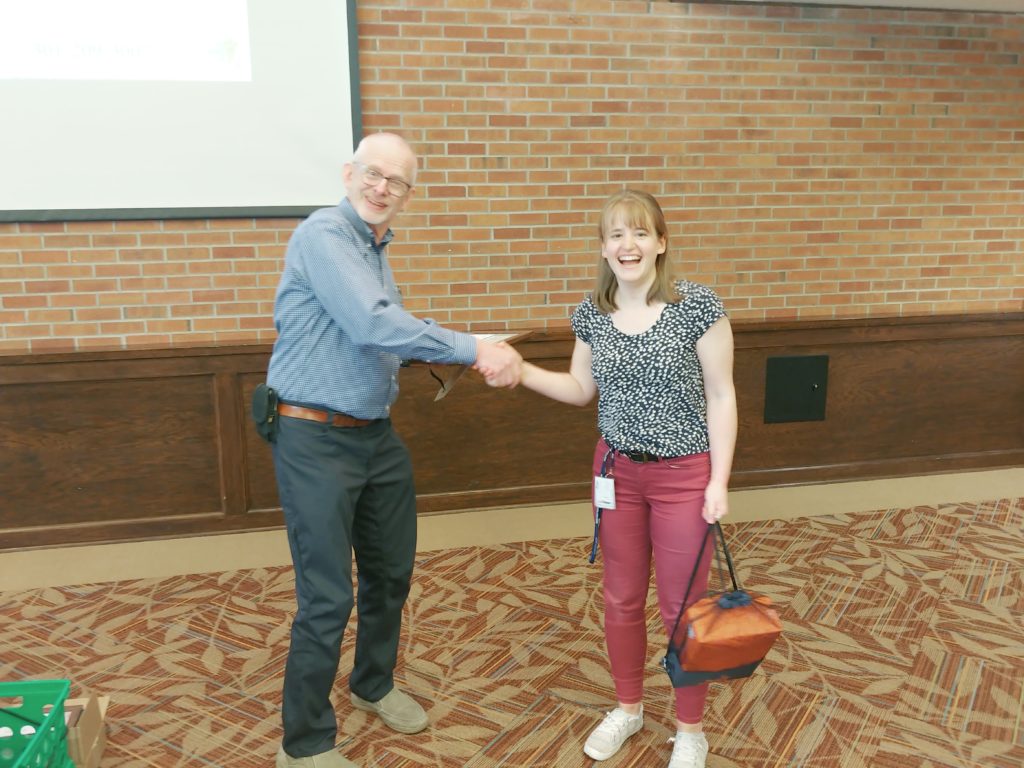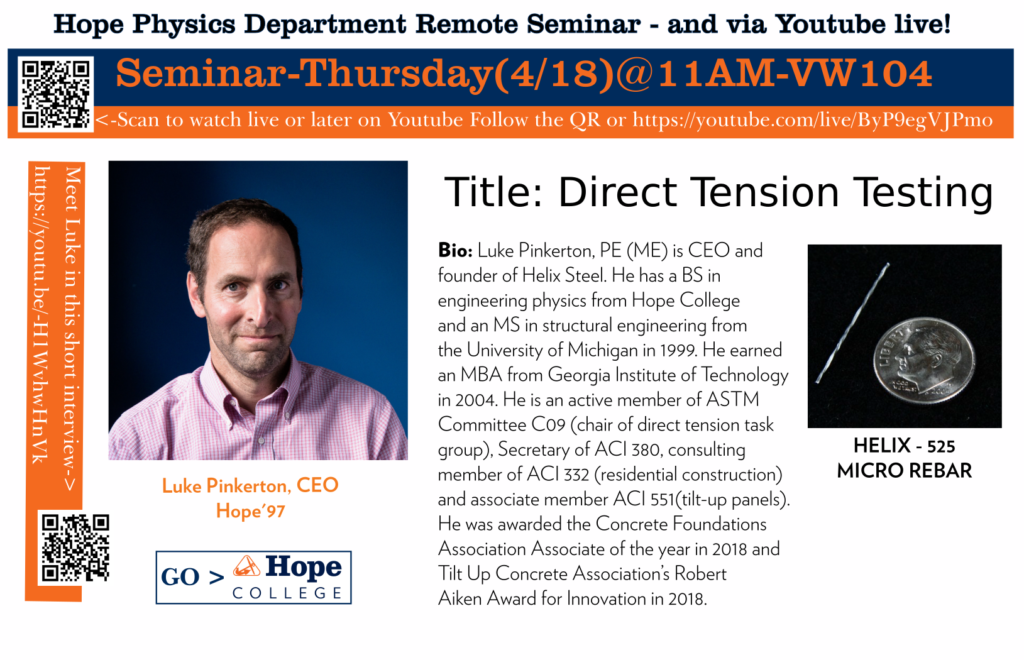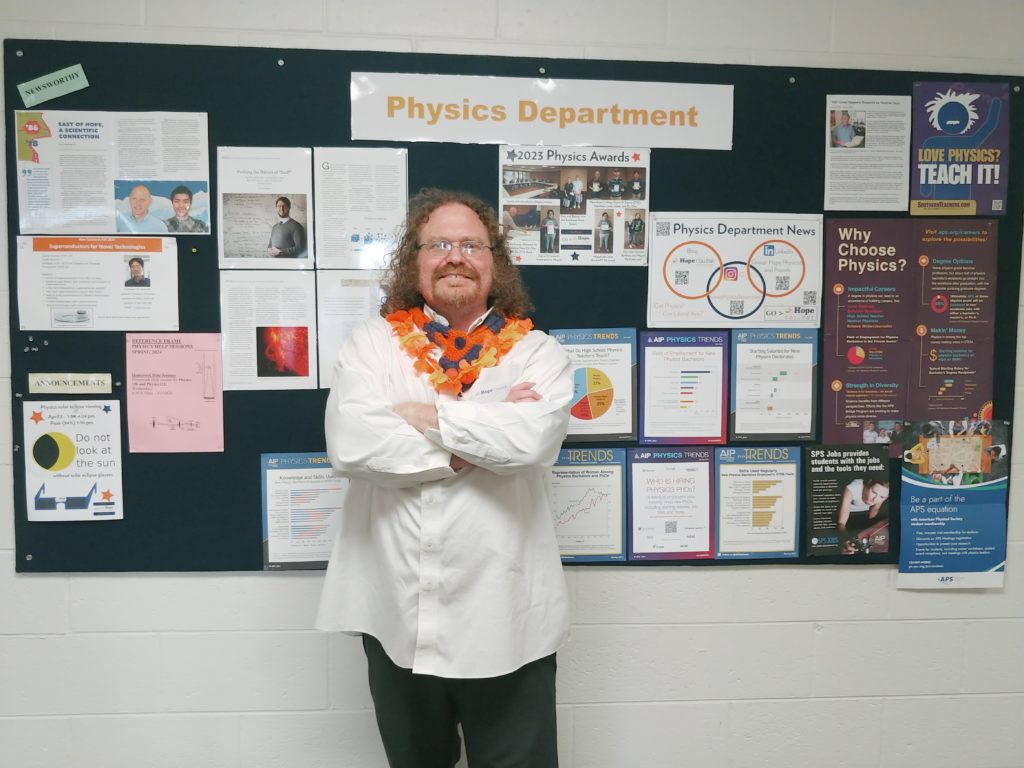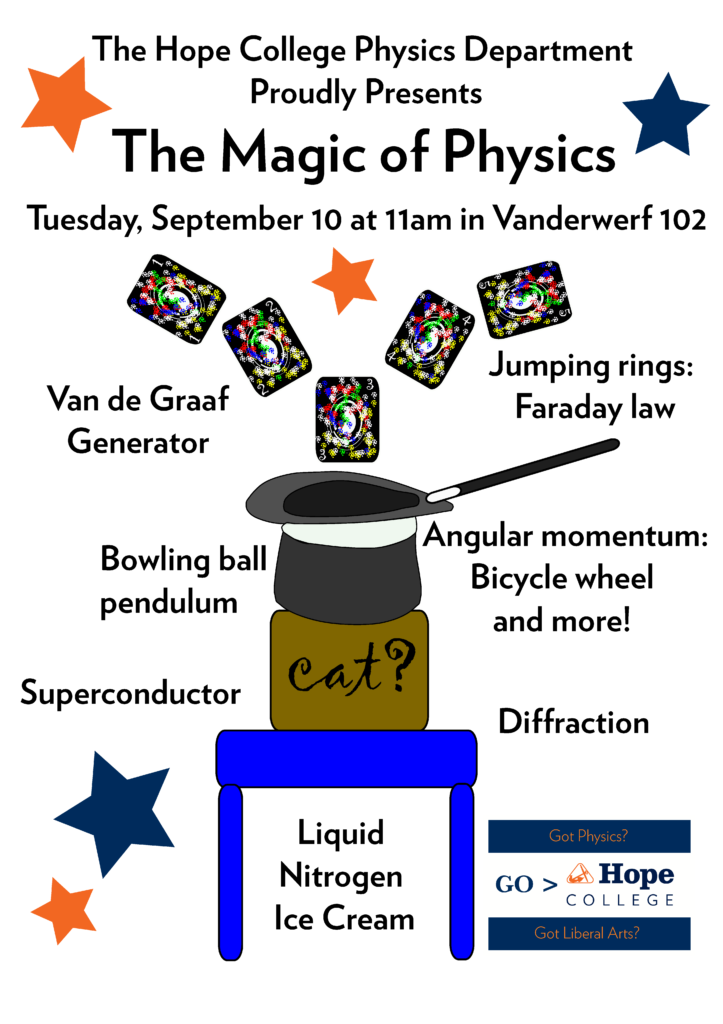
The Hope College Physics Department will present a public lecture for the Hope community that demonstrates six magical physics phenomena.
Time and Date: 11 am – 11:50 am, Tuesday, September 10
Location: Vanderwerf 102
Liquid Nitrogen ice-cream will be provided at the end of the lecture.
Please come and enjoy these mesmerizing physics demonstrations.



